

Articles
What Are Hypoallergenic Pillows
Modified: January 18, 2024
Discover the benefits of hypoallergenic pillows in our informative articles. Find out how they can help reduce allergies and improve your sleep.
(Many of the links in this article redirect to a specific reviewed product. Your purchase of these products through affiliate links helps to generate commission for Storables.com, at no extra cost. Learn more)
Introduction
When it comes to getting a good night’s rest, one of the factors that can greatly impact your sleep quality is the pillow you use. For those who suffer from allergies or sensitivities, finding the right pillow can be a daunting task. However, there is a solution: hypoallergenic pillows.
Hypoallergenic pillows are specially designed to minimize the presence of allergens, such as dust mites, mold, and pet dander, that can trigger allergic reactions. These pillows are made from materials that are less likely to cause an allergic response, making them a great option for individuals with allergies or asthma.
In this article, we will explore the concept of hypoallergenic pillows in depth, including their definition, the common materials used, the benefits they offer, tips for choosing the right one, as well as proper care and maintenance. By the end, you will have the knowledge you need to make an informed decision about whether hypoallergenic pillows are the right choice for you.
Key Takeaways:
- Hypoallergenic pillows offer a cleaner sleep environment by minimizing allergens, improving air quality, and providing relief from allergy symptoms, making them a valuable investment for individuals with allergies or respiratory conditions.
- When choosing a hypoallergenic pillow, consider factors such as material, size, firmness, and certifications. Additionally, proper maintenance through regular washing and using pillow protectors can optimize the pillow’s hypoallergenic properties and longevity.
Read more: What Is The Most Hypoallergenic Mattress?
Definition of Hypoallergenic Pillows
Hypoallergenic pillows are pillows that are designed to minimize the risk of triggering allergies or allergic reactions in individuals who are sensitive to common allergens. They are made from materials and fabrics that are less likely to harbor allergens such as dust mites, pollen, mold, and pet dander.
Unlike regular pillows, which can accumulate dust mites and other allergens over time, hypoallergenic pillows are crafted with specific features to prevent the growth and accumulation of these irritants. They are often made with tightly woven fabrics that act as a barrier, preventing allergens from entering the pillow and coming into contact with the sleeper.
Furthermore, hypoallergenic pillows often undergo specialized treatments during the manufacturing process. These treatments may include anti-microbial or anti-allergen finishes that help inhibit the growth of bacteria, mold, and other allergens. By incorporating these measures, hypoallergenic pillows aim to provide a healthier sleep environment for those with allergies or respiratory conditions.
It’s important to note that while hypoallergenic pillows can help minimize allergen exposure, they do not guarantee complete allergy relief. Each individual’s sensitivity to allergens varies, and some may still experience mild symptoms despite using hypoallergenic pillows. However, they can be an essential component in creating a hypoallergenic sleep environment and reducing potential triggers for allergies and respiratory issues.
Common Materials Used in Hypoallergenic Pillows
Hypoallergenic pillows are made from a range of materials that are specifically chosen for their ability to minimize allergen exposure and provide a cleaner sleep environment. Here are some common materials used in hypoallergenic pillows:
1. Microfiber: Microfiber is a synthetic material that is finely woven and soft to the touch. It is an excellent choice for hypoallergenic pillows as it resists dust mites and is less likely to trap allergens compared to traditional pillow materials. Microfiber pillows are also breathable, helping to regulate temperature during sleep.
2. Bamboo: Bamboo pillows are gaining popularity due to their hypoallergenic and eco-friendly properties. The bamboo fibers used in these pillows are naturally resistant to dust mites and mold. Additionally, they possess moisture-wicking properties, keeping you cool and dry throughout the night.
3. Latex: Latex pillows are made from the sap of rubber trees. They are naturally resistant to dust mites, mold, and mildew, making them an excellent choice for allergy sufferers. Latex pillows also provide excellent support and pressure relief.
4. Memory Foam: Memory foam pillows are known for their contouring and pressure-relieving properties. When it comes to hypoallergenic options, it’s important to choose memory foam pillows that are made with hypoallergenic materials and have been CertiPUR-US® certified to be free of harmful chemicals.
5. Organic Cotton: Organic cotton pillows are made from cotton that has been grown without the use of pesticides or synthetic fertilizers. They are naturally hypoallergenic and offer a breathable and comfortable sleep surface.
6. Tencel®: Tencel® is a brand of lyocell fabric made from sustainably sourced eucalyptus trees. It is known for its moisture-wicking properties, making it resistant to dust mites and mold. Tencel® pillows are soft, breathable, and gentle on the skin.
7. Silk: Silk is a luxurious and hypoallergenic material that is naturally resistant to dust mites and mold. Silk pillows are known for their smooth and cooling properties, making them a great choice for those with allergies or sensitive skin.
When choosing a hypoallergenic pillow, it’s important to consider not only the materials used but also the quality and certifications associated with them. Look for pillows that are labeled as hypoallergenic, dust mite resistant, and mold resistant. Additionally, consider your personal preferences, such as pillow firmness and loft, to ensure you find the right pillow for your needs.
Benefits of Using Hypoallergenic Pillows
Using hypoallergenic pillows can provide a range of benefits, especially for those who suffer from allergies, asthma, or other respiratory conditions. Below are some key advantages of using hypoallergenic pillows:
1. Allergen Reduction: The primary benefit of hypoallergenic pillows is the significant reduction in common allergens, such as dust mites, mold, pollen, and pet dander. These pillows are specifically designed to prevent the accumulation of allergens, providing a cleaner sleep environment and reducing the risk of triggering allergy symptoms.
2. Improved Air Quality: By minimizing the presence of allergens, hypoallergenic pillows help improve the air quality in your bedroom. This can be particularly beneficial for individuals with respiratory conditions, allowing them to breathe easier and experience fewer allergy-related respiratory issues during sleep.
3. Relief from Allergy Symptoms: Using hypoallergenic pillows can help alleviate allergy symptoms, such as sneezing, coughing, nasal congestion, and itchy or watery eyes. By minimizing contact with allergens, these pillows can provide a more restful and symptom-free sleep, allowing you to wake up refreshed and energized.
4. Better Sleep Quality: The comfort and support offered by hypoallergenic pillows can also contribute to improved sleep quality. These pillows are often designed to provide proper head and neck alignment, reducing discomfort and promoting better spinal alignment. This can lead to fewer sleep disturbances and a more restful night’s sleep.
5. Hypoallergenic Materials: Hypoallergenic pillows are made from materials that are less likely to cause an allergic reaction. They are often free of irritants such as harsh chemicals, synthetic fragrances, and dyes, making them suitable for individuals with sensitive skin or chemical sensitivities.
6. Longevity: Hypoallergenic pillows are generally more durable and resistant to common allergens compared to standard pillows. They are often made with high-quality materials and undergo specialized treatments to inhibit the growth of allergens. This can result in a longer lifespan for the pillow, saving you money over time.
7. Versatility: Hypoallergenic pillows come in a variety of sizes and firmness levels, catering to different sleep preferences and needs. Whether you prefer a soft, medium, or firm pillow, there is likely a hypoallergenic option available to suit your preferences.
By investing in hypoallergenic pillows, you can create a healthier sleep environment, reduce exposure to allergens, and enjoy a more comfortable and restful night’s sleep. However, it’s important to remember that individual experiences may vary, and it’s always best to consult with a healthcare professional for personalized advice and guidance.
When looking for hypoallergenic pillows, consider materials such as latex, memory foam, or down alternative, as they are less likely to trigger allergies. Be sure to also look for pillows with allergen-resistant covers for added protection.
Choosing the Right Hypoallergenic Pillow for You
When it comes to selecting the right hypoallergenic pillow for your needs, there are several factors to consider. By taking these factors into account, you can find a pillow that suits your sleep preferences, offers adequate support, and minimizes allergen exposure. Here are some key considerations when choosing a hypoallergenic pillow:
1. Material: Consider the material from which the pillow is made. The most common hypoallergenic pillow materials include microfiber, bamboo, latex, memory foam, organic cotton, Tencel®, and silk. Each material has its own unique properties, so choose one that aligns with your comfort preferences and any specific allergens you need to avoid.
2. Pillow Size and Loft: Decide on the appropriate pillow size and loft based on your sleeping position and personal preference. Side sleepers generally benefit from higher loft pillows, while back and stomach sleepers may prefer lower loft options. Choose a size that adequately supports your neck and aligns your spine.
3. Firmness: Consider the level of firmness that provides the most comfort for you. Some individuals prefer a soft and plush pillow, while others require a firmer surface for proper support. Test out different options or refer to the product descriptions and customer reviews to gauge the pillow’s firmness level.
4. Certifications: Look for pillows with certifications that guarantee their hypoallergenic properties. Certifications such as Oeko-Tex® Standard 100, CertiPUR-US®, or asthma & allergy friendly® can provide reassurance that the pillow has undergone testing and meets certain standards for allergen control.
5. Reviews: Read customer reviews and ratings to gain insights into the pillow’s performance, quality, and durability. Pay attention to any comments regarding hypoallergenic features and how effective the pillow is for reducing allergy symptoms.
6. Pillow Cover: Consider the type of cover that comes with the hypoallergenic pillow. Look for covers made from hypoallergenic materials with tightly woven fabric to prevent allergens from entering the pillow. Some pillow covers also offer additional features like moisture-wicking or cooling properties.
7. Budget: Determine your budget for a hypoallergenic pillow. Prices can vary depending on the brand, material, and additional features. While it’s important to invest in a quality pillow, there are options available in various price ranges to suit different budgets.
8. Personal Allergens: Take into account your specific allergens and sensitivities. If you are allergic to dust mites, for example, consider pillows with dust mite-resistant properties. If you have sensitivities to certain materials or chemicals, opt for pillows that are free from those allergens.
It’s also worth noting that some manufacturers offer trial periods or return policies, allowing you to test the pillow in the comfort of your own home. Take advantage of these options whenever possible to ensure the pillow meets your expectations and provides the desired level of comfort and allergen reduction. Remember, finding the right hypoallergenic pillow may require some trial and error, but with proper research and consideration, you can find a pillow that promotes a restful and allergen-free sleep.
Read more: What Are Gusseted Pillows
How to Clean and Maintain Hypoallergenic Pillows
Maintaining a clean and allergen-free sleep environment is essential for individuals using hypoallergenic pillows. Regular cleaning and proper maintenance can help prolong the life of your pillow and optimize its hypoallergenic properties. Here are some tips on how to clean and maintain your hypoallergenic pillows:
1. Read the Care Instructions: Start by reading and following the care instructions provided by the manufacturer. Different hypoallergenic pillows may have specific cleaning recommendations, so it’s important to familiarize yourself with the guidelines.
2. Regularly Wash Pillow Protectors: If your hypoallergenic pillow came with a removable pillow protector or cover, it’s a good idea to wash it regularly. This helps to prevent the buildup of allergens on the cover itself and keeps your pillow fresh. Follow the instructions on the care label to wash the pillow protector.
3. Spot Clean When Needed: If your hypoallergenic pillow becomes soiled or stained, spot clean the affected area as soon as possible. Use a mild detergent or stain remover and gently blot the stain with a clean cloth. Avoid rubbing or scrubbing vigorously, as this can damage the pillow’s fibers.
4. Machine Washable Pillows: Some hypoallergenic pillows are machine washable. Check the care instructions to see if your pillow can be cleaned in a washing machine. Use a gentle cycle and mild detergent. It is generally recommended to wash pillows on their own or with other hypoallergenic items to prevent cross-contamination.
5. Dry Thoroughly: After washing, ensure the pillow is thoroughly dry before using it again. Excess moisture can lead to the growth of mold and mildew. Follow the manufacturer’s instructions for drying, which may include air drying, tumble drying on low heat, or using a gentle drying cycle.
6. Fluff and reshape: Once the pillow is fully dry, give it a good fluff to restore its shape and loft. This helps maintain the pillow’s support and comfort.
7. Use Pillow Protectors: Consider using a hypoallergenic pillow protector or pillowcase in addition to the pillow cover provided. These additional layers act as a barrier, further reducing the risk of allergens accumulating on the pillow.
8. Replace When Necessary: Over time, even hypoallergenic pillows may lose their effectiveness due to wear and tear or the accumulation of allergens. If you notice that your pillow is no longer providing adequate support or if you experience increased allergy symptoms, it may be time to replace it with a new hypoallergenic pillow.
Remember to consult the manufacturer’s recommendations for specific care instructions for your hypoallergenic pillow. By following these maintenance tips and keeping your pillow clean, you can enjoy a sanitary and allergen-free sleep environment.
Potential Drawbacks of Hypoallergenic Pillows
Hypoallergenic pillows offer numerous benefits for individuals with allergies or sensitivities. However, it’s important to consider the potential drawbacks that may arise when using these pillows. While these drawbacks are not universally experienced, it’s essential to be aware of them to make an informed decision. Here are some potential drawbacks of hypoallergenic pillows:
1. Higher Cost: Hypoallergenic pillows tend to be more expensive than traditional pillows. The specialized materials and manufacturing processes involved in creating hypoallergenic properties contribute to the higher cost. Individuals on a tight budget may find it challenging to invest in these pillows.
2. Adjustment Period: Some people may require an adjustment period when switching from a regular pillow to a hypoallergenic pillow. The feel and support of hypoallergenic pillows may be different from what individuals are used to, and it may take time for them to get accustomed to the new pillow.
3. Possible Odor: Certain hypoallergenic pillows, especially memory foam pillows, may emit a slight odor when new. This is known as off-gassing and is caused by the release of volatile organic compounds (VOCs) from the pillow’s materials. The odor typically dissipates over time, but it can be bothersome for some individuals.
4. Specific Care Requirements: Hypoallergenic pillows may have specific care requirements that need to be followed to maintain their hypoallergenic properties. This might include regular washing, using hypoallergenic detergents, or avoiding certain cleaning agents. Some individuals may find these additional care steps inconvenient or time-consuming.
5. Personal Preference: Different individuals have varied sleep preferences, and what works for one person may not work for another. While hypoallergenic pillows are designed to cater to a wide range of sleepers, some individuals may find that they don’t provide the desired level of comfort or support. It’s important to consider personal preferences when choosing a pillow.
6. Potential Limited Options: Depending on the material or brand, the range of hypoallergenic pillow options may be limited compared to traditional pillows. This means that individuals may have fewer choices when it comes to finding the right fit for their unique needs and preferences.
7. Effectiveness Varies: While hypoallergenic pillows are designed to minimize allergen exposure, the effectiveness may vary from person to person. Some individuals may still experience allergies or sensitivities despite using hypoallergenic pillows. It’s important to remember that hypoallergenic pillows may not provide complete relief for everyone.
8. Individual Sensitivities: Individuals may have specific sensitivities to certain materials, even if they are advertised as hypoallergenic. For example, a person may have an allergy or sensitivity to latex, which is a common material used in hypoallergenic pillows. It’s crucial to be aware of any personal sensitivities and check the materials used in the hypoallergenic pillow before purchasing.
While the potential drawbacks of hypoallergenic pillows should be considered, it’s important to note that many individuals find great relief and benefit from using these pillows. The decision to invest in hypoallergenic pillows ultimately depends on personal preferences, budget, and the severity of allergies or sensitivities. Consulting with a healthcare professional can provide valuable insights and guidance in choosing the best pillow option for your specific needs.
Conclusion
Hypoallergenic pillows offer a range of benefits for individuals with allergies, asthma, or other respiratory conditions. By minimizing allergens and providing a cleaner sleep environment, these pillows can help reduce allergy symptoms, improve sleep quality, and promote overall well-being. However, it’s important to consider the individual factors and potential drawbacks when deciding whether to invest in hypoallergenic pillows.
When choosing a hypoallergenic pillow, consider factors such as the material, pillow size, firmness, and certifications. Additionally, read reviews and follow care instructions to ensure proper maintenance of your hypoallergenic pillow. Regular washing and using pillow protectors can help prolong the life of the pillow and optimize its hypoallergenic properties.
While hypoallergenic pillows offer benefits, it’s essential to be aware that they may come at a higher cost and require an adjustment period. Additionally, personal preferences and individual sensitivities should be taken into account. It’s crucial to find a pillow that not only reduces allergen exposure but also provides the desired level of comfort and support.
In conclusion, hypoallergenic pillows can be a valuable investment for individuals with allergies or sensitivities. They offer the potential for symptom relief, improved sleep quality, and a cleaner sleep environment. By considering the specific needs and preferences of the individual, hypoallergenic pillows can contribute to a more restful and allergen-free sleep experience.
Remember, it is always a good idea to consult with a healthcare professional or allergist for personalized advice and recommendations based on your specific allergies or sensitivities. With proper research, care, and consideration, you can make an informed decision about whether hypoallergenic pillows are the right choice for you.
Frequently Asked Questions about What Are Hypoallergenic Pillows
Was this page helpful?
At Storables.com, we guarantee accurate and reliable information. Our content, validated by Expert Board Contributors, is crafted following stringent Editorial Policies. We're committed to providing you with well-researched, expert-backed insights for all your informational needs.
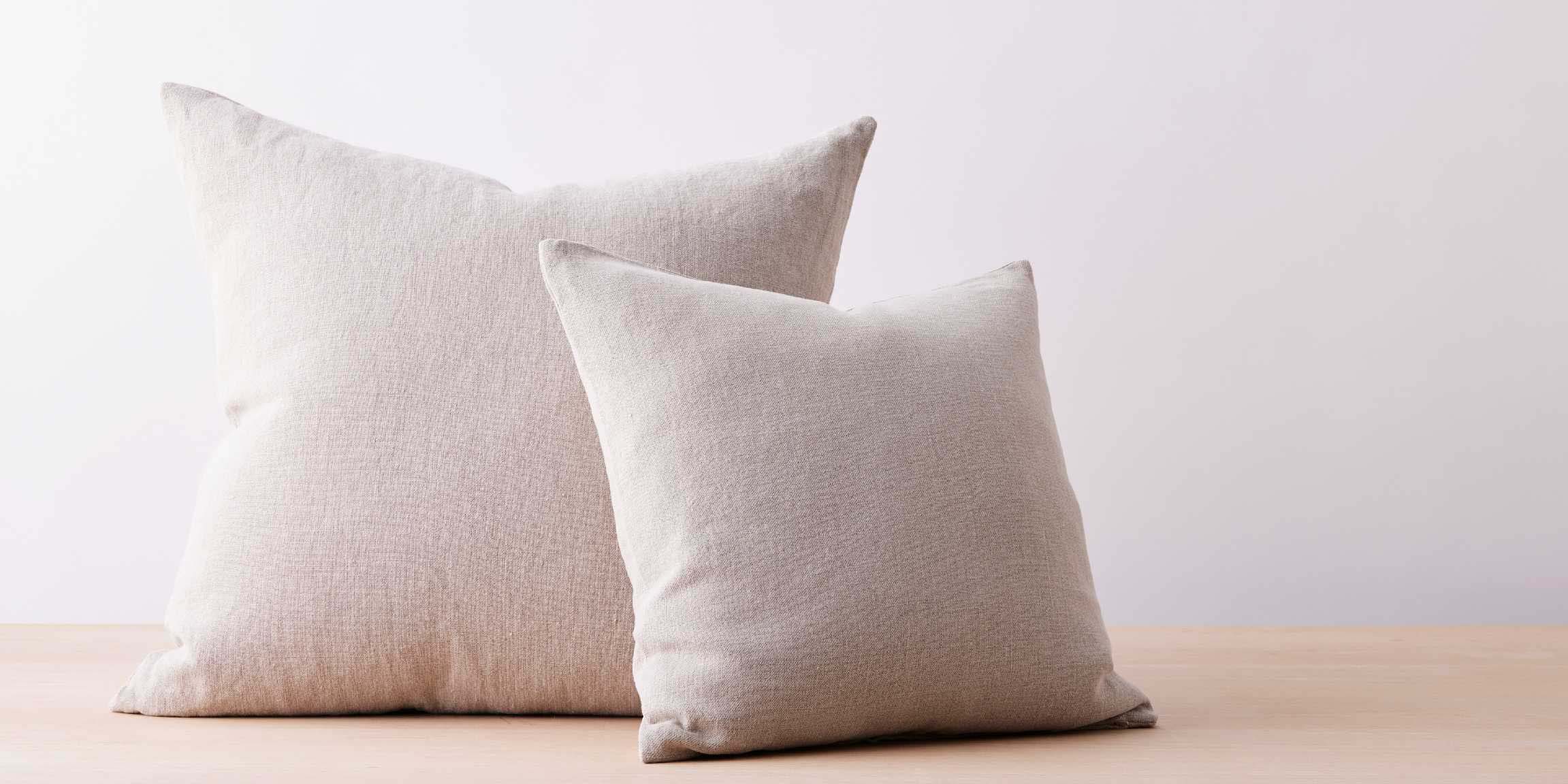
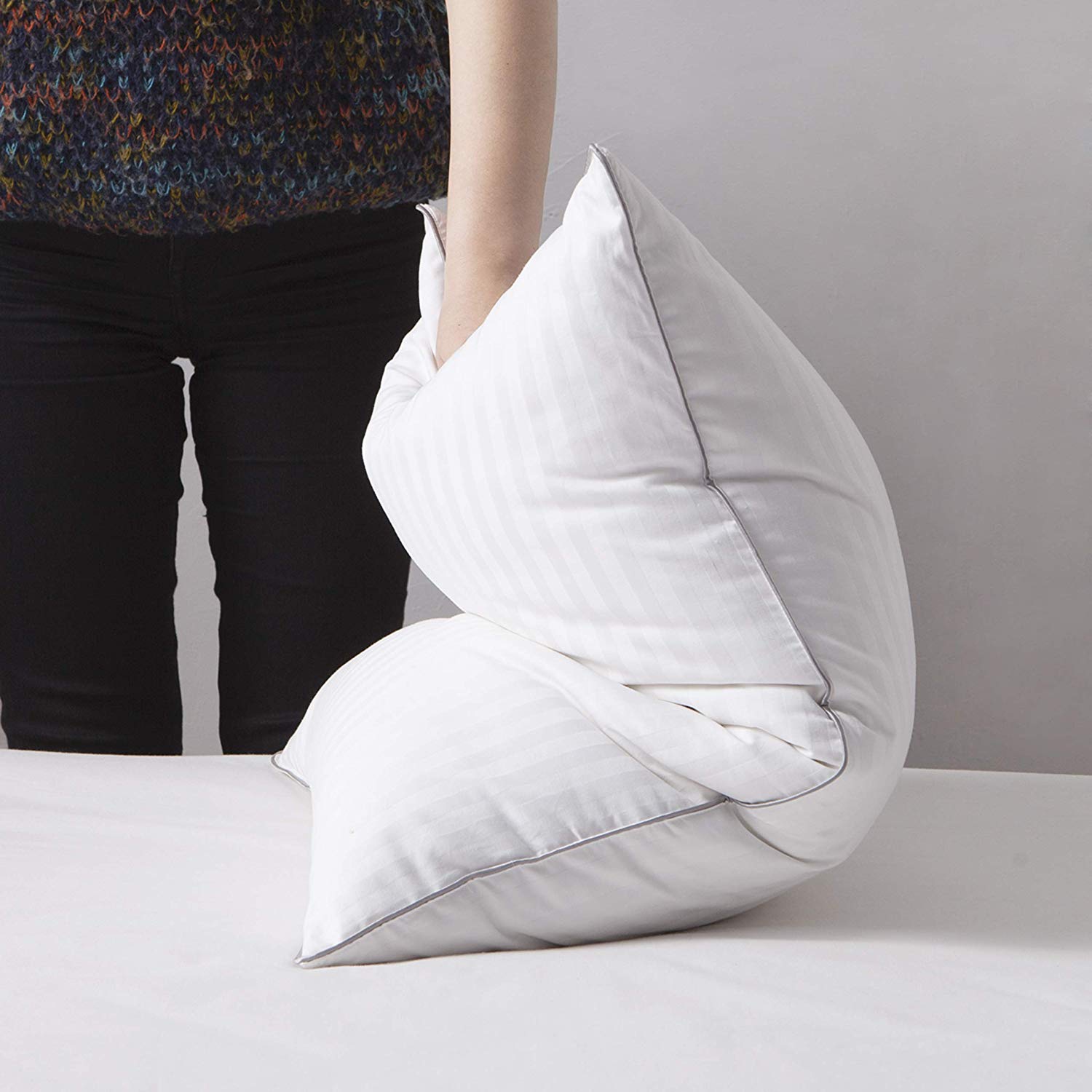

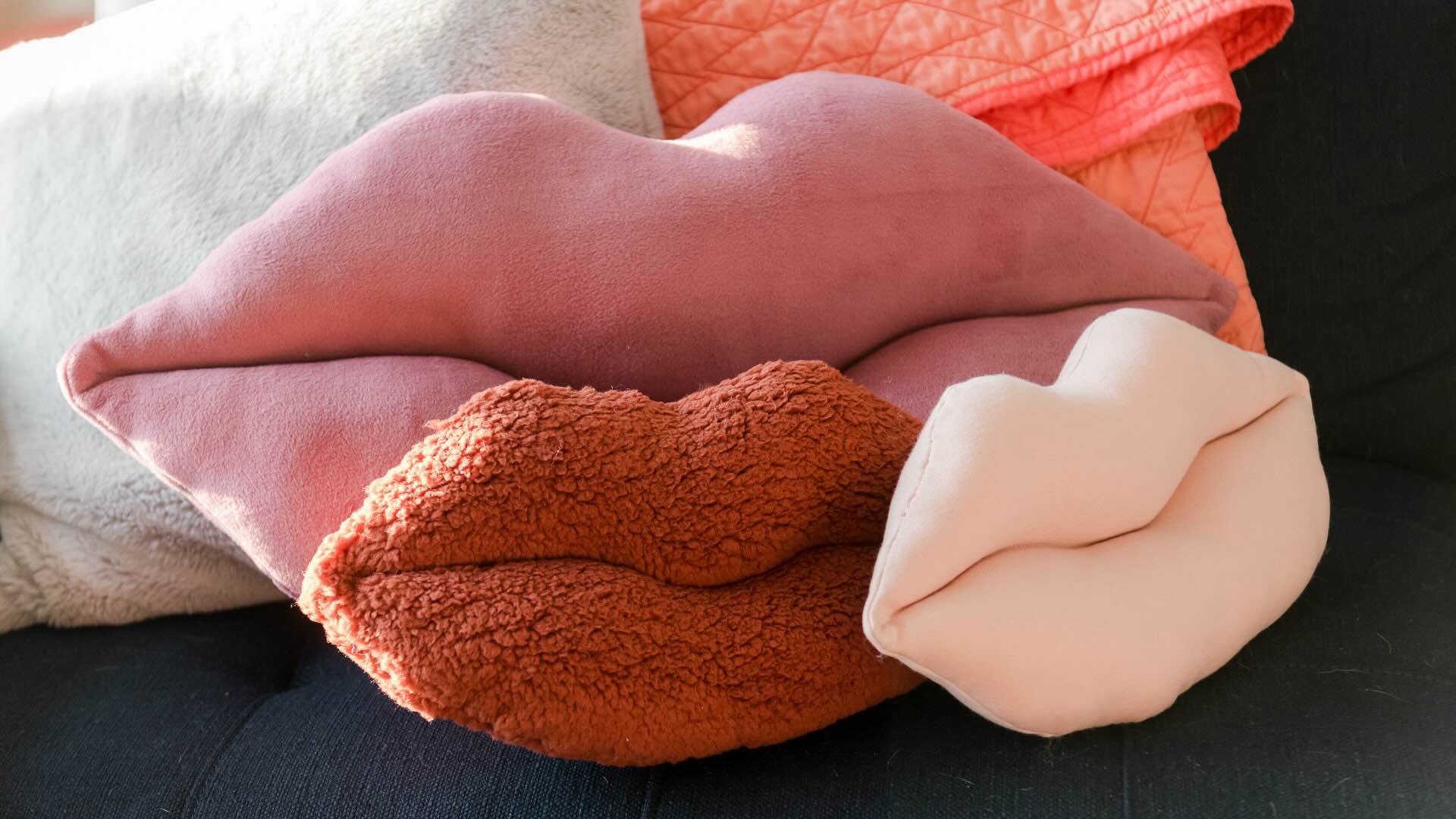

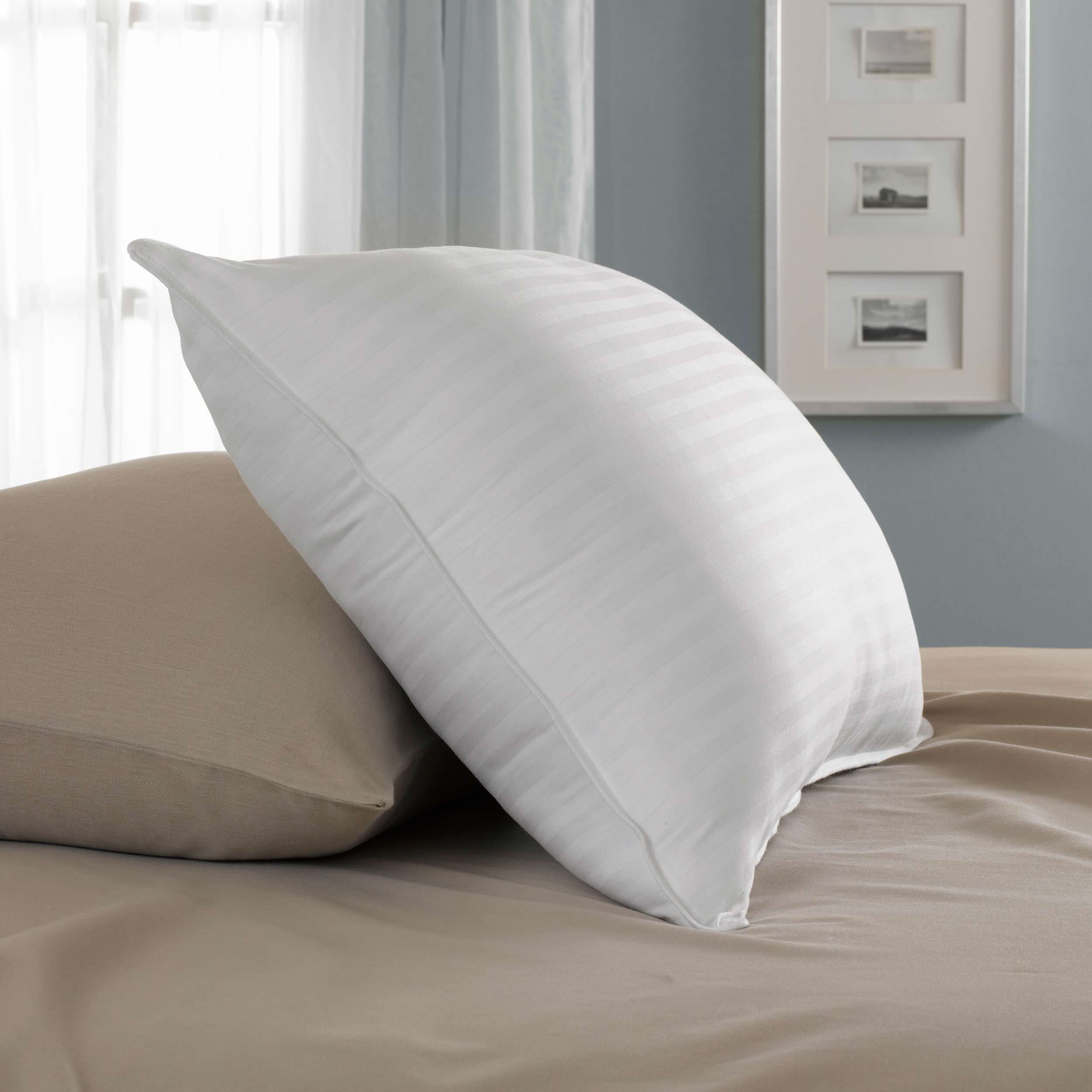
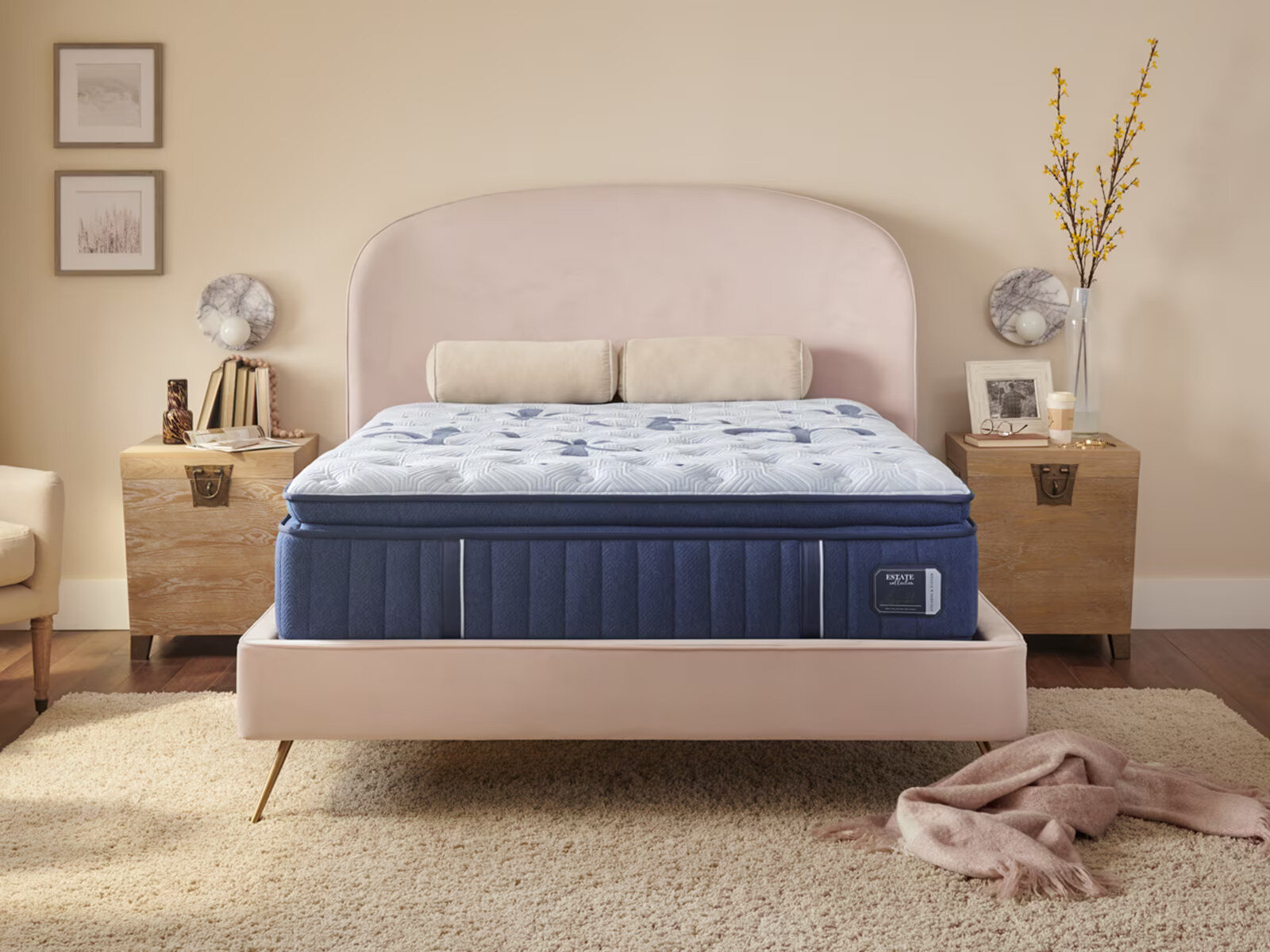

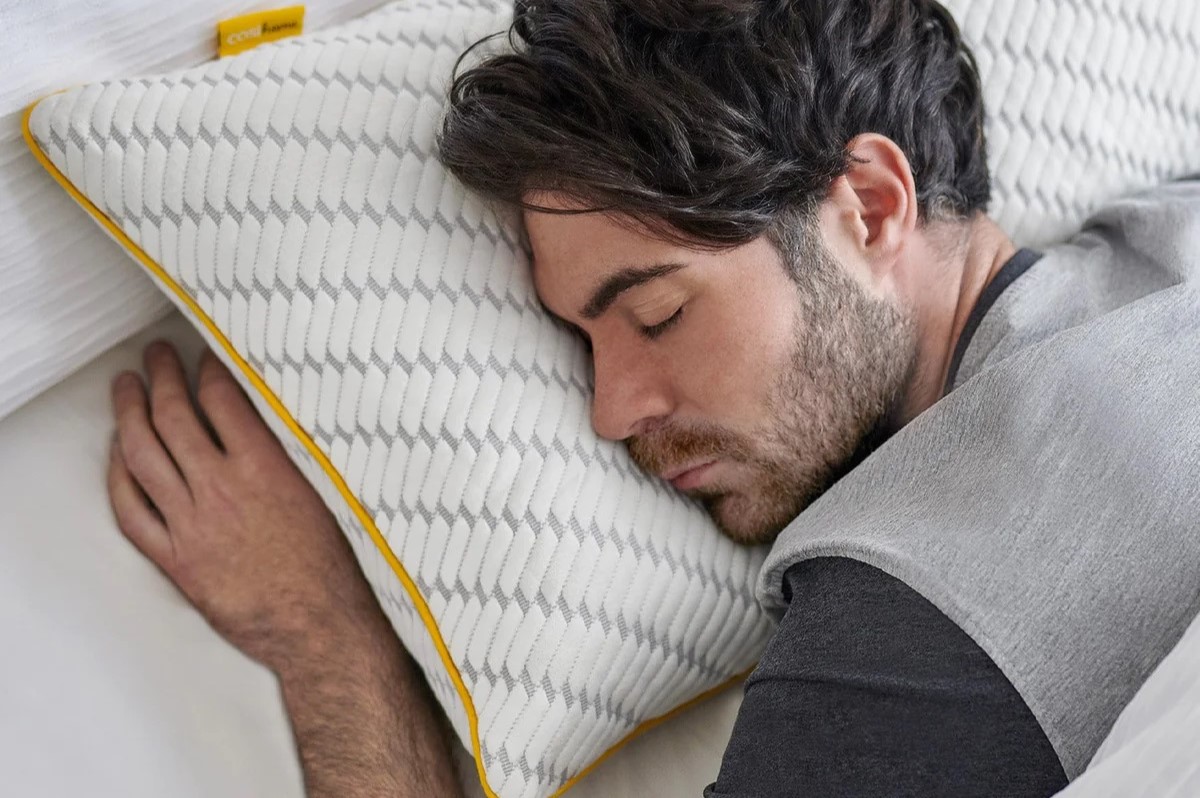
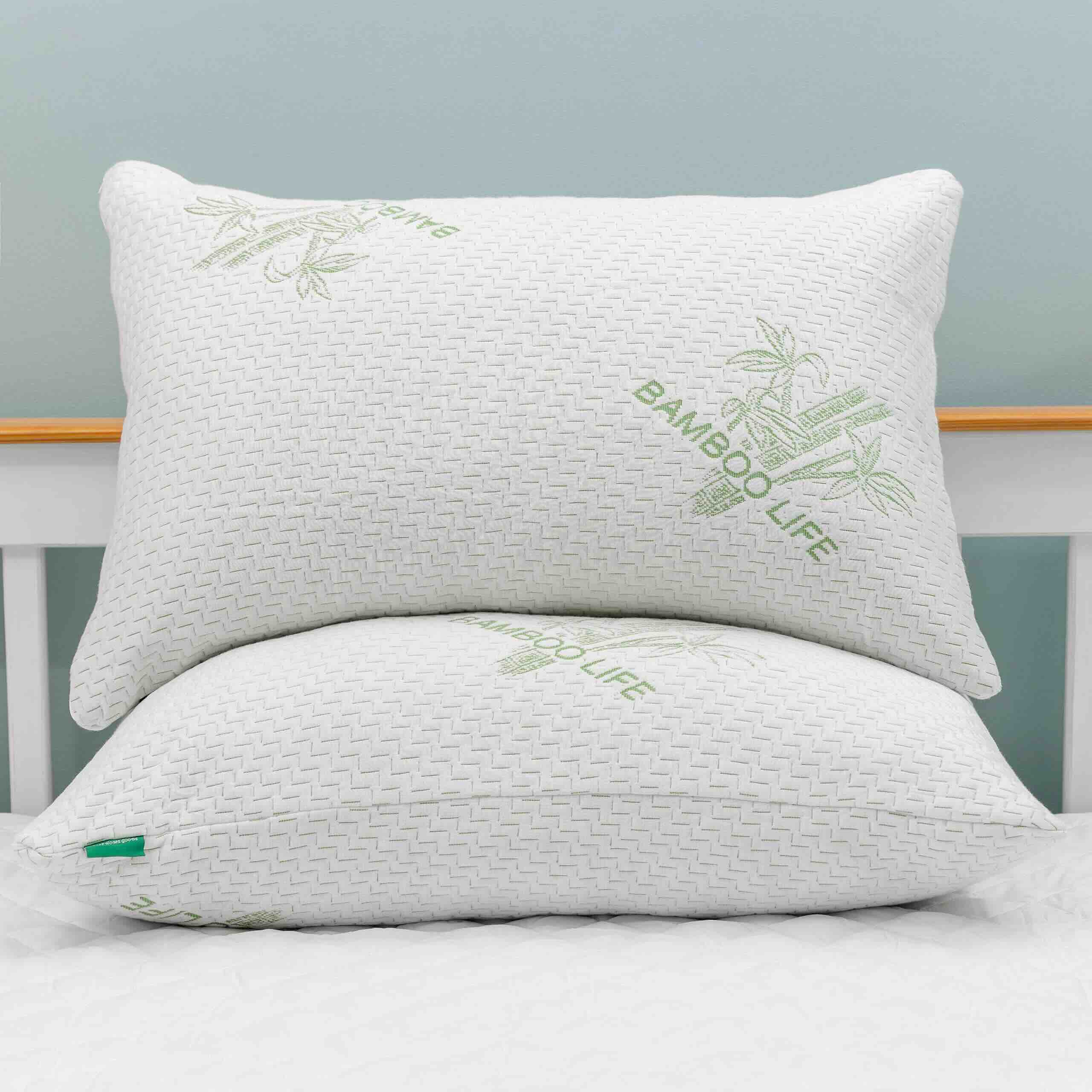
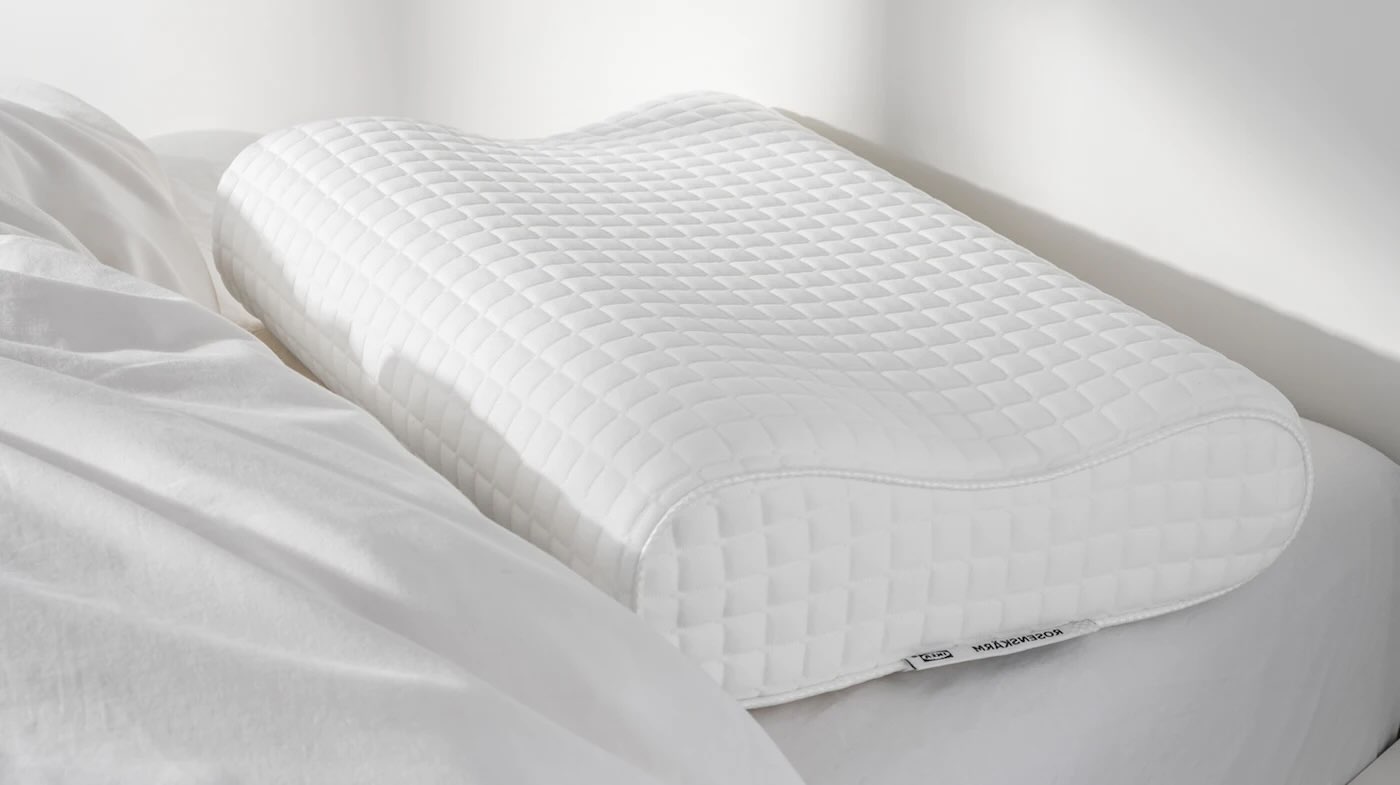
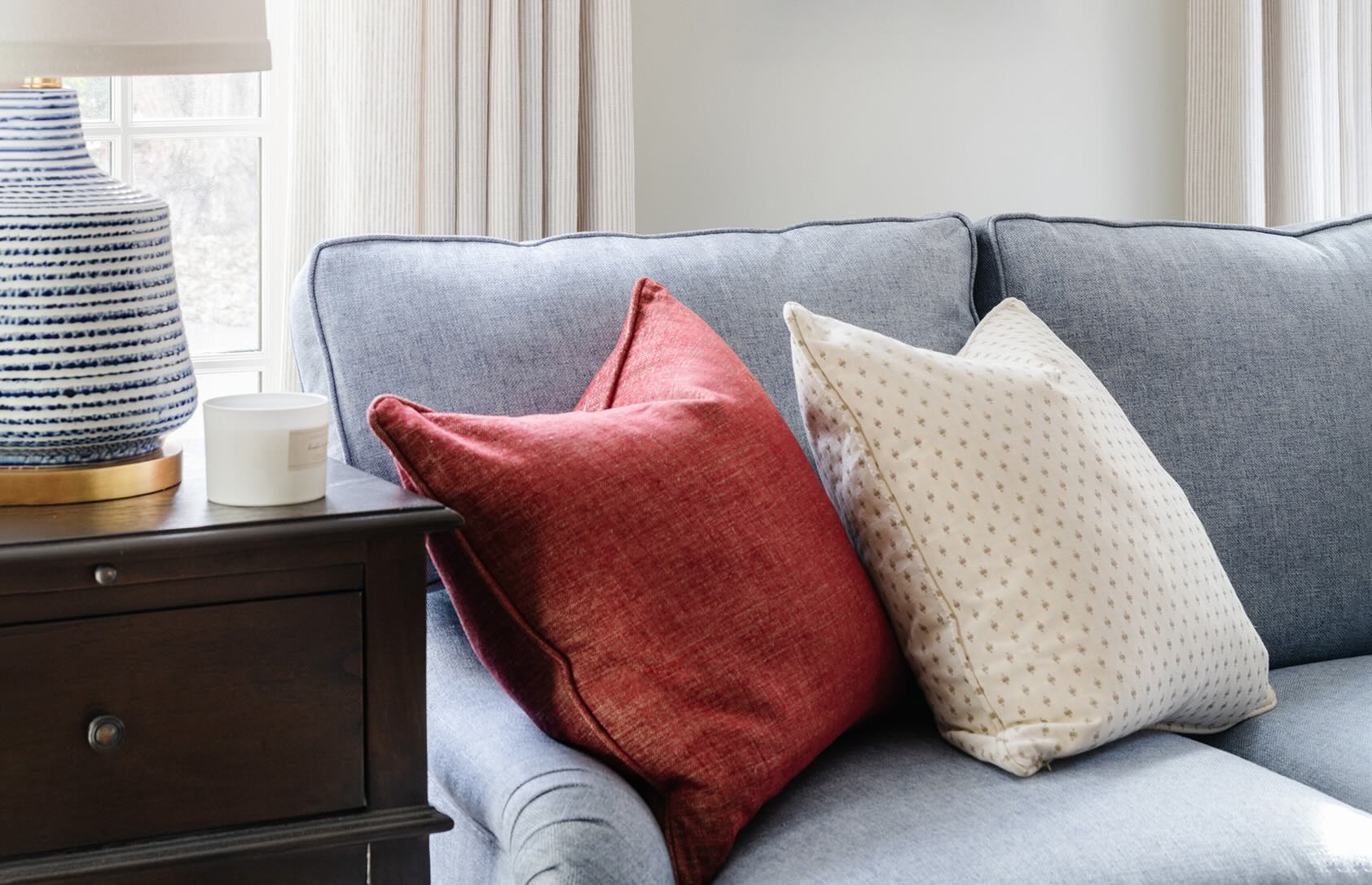
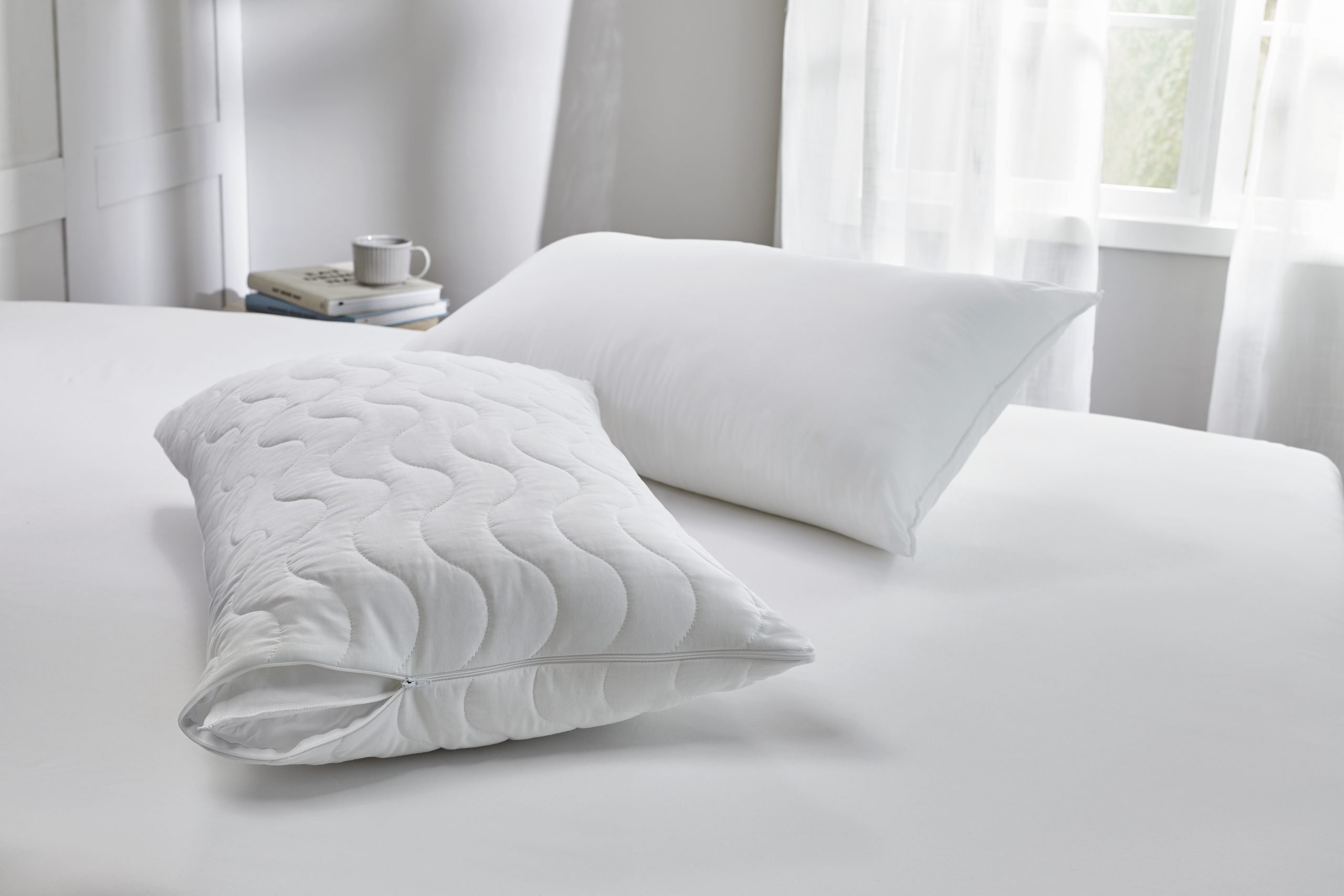


0 thoughts on “What Are Hypoallergenic Pillows”